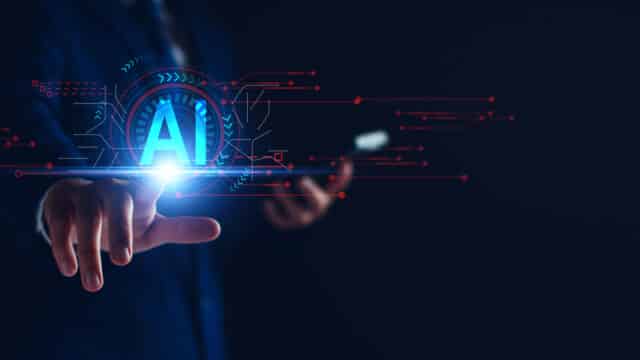Bridging the gap between legacy systems and AI [Q&A]

Many companies are still heavily reliant on legacy systems, which can lead to high maintenance costs, limited flexibility, and increased security risks. All of which can hold back AI integration.
We spoke to Jorge Lopez, CEO of Jalasoft, about the critical role legacy systems play in today’s rapidly evolving AI landscape and how organizations can modernize strategically without disrupting core operations.
BN: Why are so many organizations still reliant on legacy systems today, even with the push toward new technologies like AI?
JL: Legacy systems remain in place because they work -- at least, they’ve worked well enough to become deeply embedded in business operations. These systems often support mission-critical functions and have been customized over time to fit the specific needs of the organization. Replacing them isn’t just a technical challenge -- it’s a business risk. The cost of migration, the potential for disruption, and the steep learning curve for teams all create a powerful incentive to delay modernization. In many cases, organizations choose the certainty of the familiar over the uncertainty of transformation, even if that means falling behind technologically.
BN: What are the first steps an organization should take to integrate AI into its operations when it’s built on a foundation of legacy systems?
JL: The first step is to stop thinking in terms of replacement and start thinking in terms of orchestration. AI doesn’t need to replace legacy systems overnight -- in fact, it shouldn’t. Companies should begin by identifying where legacy systems are slowing down business performance or limiting visibility. Then, explore how AI tools can be layered on top to enhance those areas -- whether through intelligent automation, predictive analytics, or improved data processing. Often, the real value comes not from removing the old, but from surrounding it with new capabilities that drive better decisions and outcomes.
BN: How can a company identify which parts of its legacy infrastructure are the best candidates for an initial AI pilot project?
JL: Look for pain points that are both high-impact and low-risk to experiment with. That typically means functions where there’s a lot of manual work, repetitive tasks, or data bottlenecks. If a team is spending hours every week extracting or cleaning data manually, that’s a strong candidate. If security alerts are being handled reactively instead of proactively, there’s another. A good pilot project doesn’t just test the technology -- it builds internal confidence. Choose areas where AI can deliver measurable improvements in speed, accuracy, or efficiency, without threatening core operations.
BN: What does a ‘future-ready’ system look like in the context of AI? What are the key architectural principles?
JL: A future-ready system is designed for change. It’s modular, API-driven, and built with interoperability in mind. Data is accessible, clean, and structured -- not trapped in silos. Security is embedded by design, not patched on as an afterthought. These systems are not built for perfection; they’re built for adaptability. From an AI perspective, that means having a digital infrastructure that allows models to be trained, deployed, and scaled quickly, without requiring a full rebuild each time something changes. The goal is to create an environment where innovation is possible without putting the business at risk.
BN: Looking beyond the technology, what organizational and cultural changes are necessary to successfully modernize and leverage AI?
JL: The biggest barrier to AI adoption isn’t the tech -- it’s the mindset. Organizations must be culturally ready to challenge old assumptions and rethink how work gets done. That requires leadership that views modernization as a business imperative, not just a technical project. Teams need training, not just in tools, but in how to collaborate across traditional silos. And most importantly, companies need to shift from a fear-based approach to change toward a test-and-learn mentality. In a world where technologies evolve rapidly, the ability to adapt is far more valuable than trying to plan every move in advance.
Image credit: akarapongphoto/depositphotos.com
